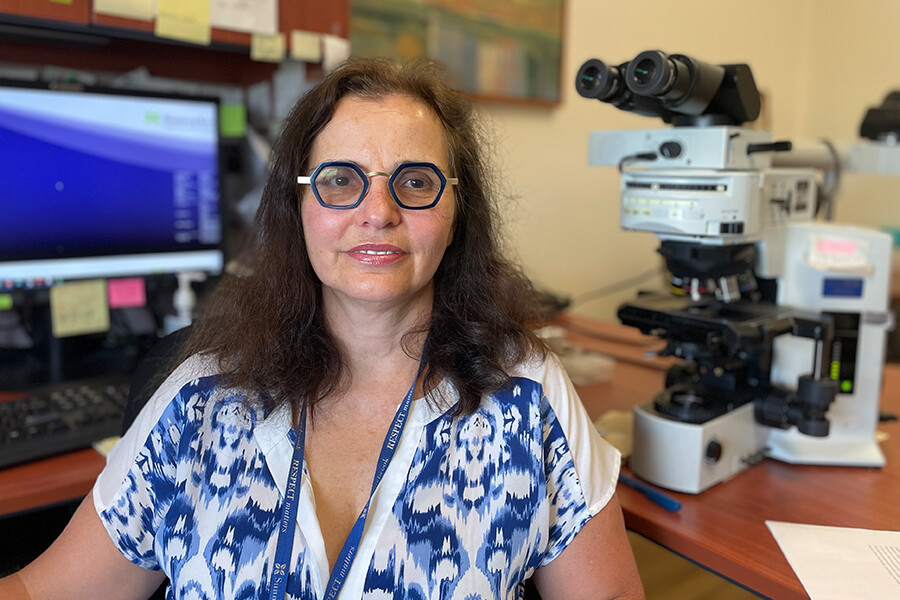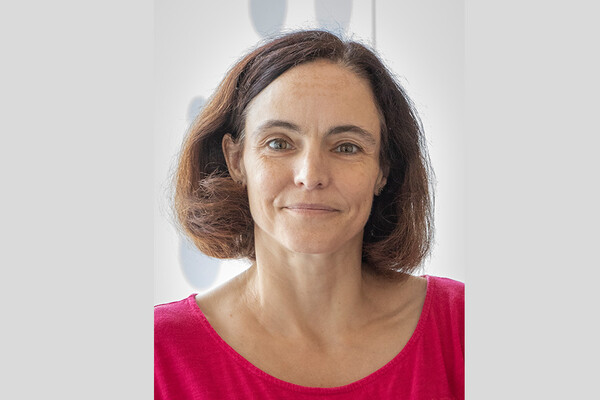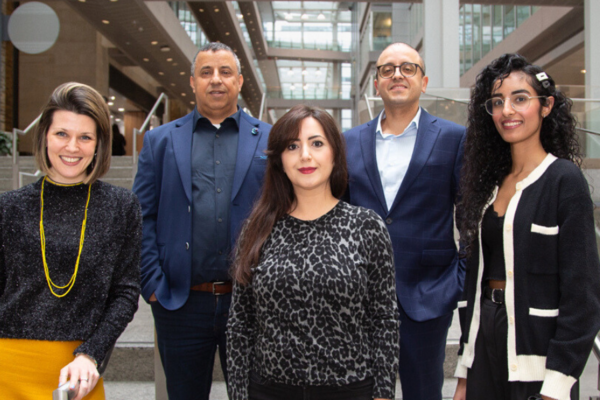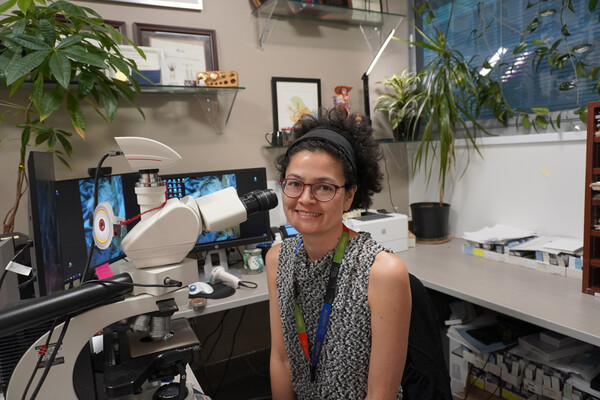Main Second Level Navigation
Jun 27, 2022
Researchers at U of T improve personal risk measurements for non-invasive breast cancer
Research: Artificial Intelligence in healthcare, Research: Cancer, Research: Genetics, Genomics & Proteomics, Research: Molecular & cell biology, Impactful research, Disruptive Innovation




